Event prediction with rough-fuzzy sets
(2022)
Journal Article
Chakraborty, D. B., & Yao, J. T. (2023). Event prediction with rough-fuzzy sets. Pattern Analysis and Applications, 26(2), 691-701. https://doi.org/10.1007/s10044-022-01119-7
This article proposes a new methodology of unsupervised event prediction from videos. Detecting events from videos without prior information is a challenging task, as there are no well-accepted definitions about events in a video. It is commonly know... Read More about Event prediction with rough-fuzzy sets.
